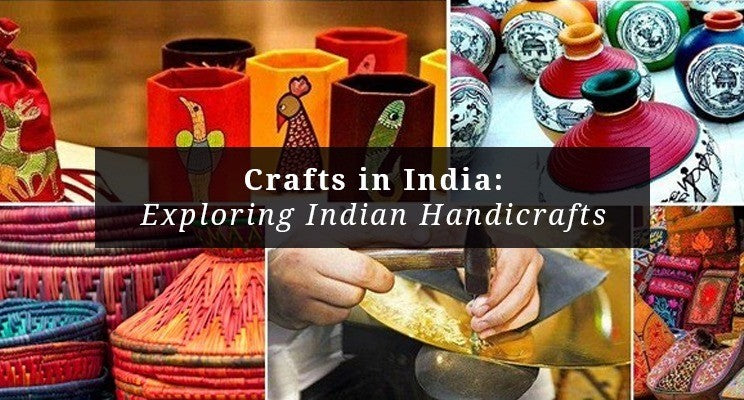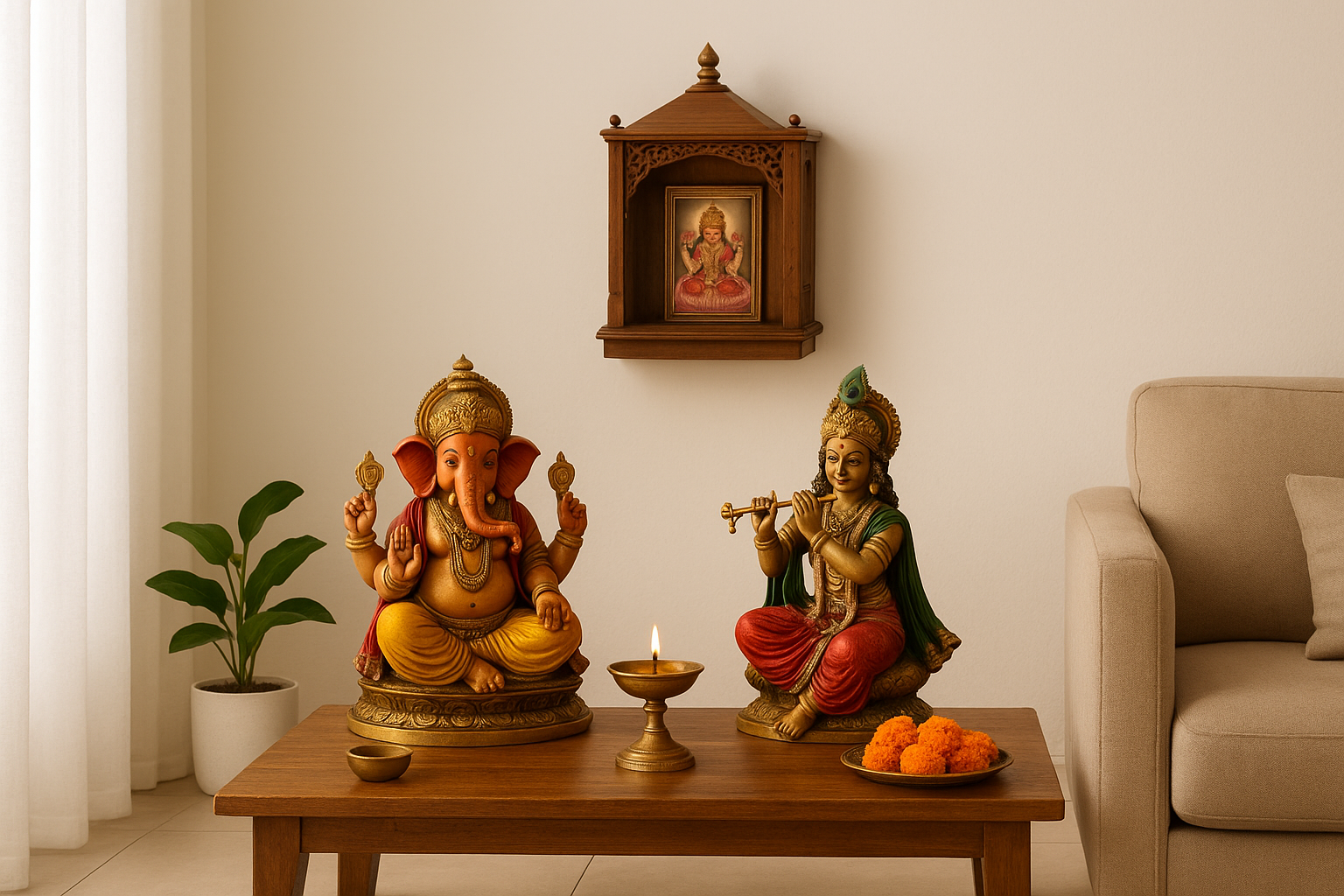India has a lot of different arts and crafts made by skilled people all over the country. These crafts show the diverse culture and history of India.
The history of these crafts goes way back, around 5000 years ago, when people made things by hand mostly for religious reasons. Some of the crafts we see today go back to the time of the Indus Valley civilization, which was about 3000 BC. As time went on, during different periods like the Mauryan and Gupta eras, crafts in India grew and changed. They became really good at making things out of stone, metal, textiles, and more.
Later on, when the British were in India, the way crafts were made changed because of their influence. But even with these changes, the traditional crafts of India still kept their unique style. These crafts were even traded along the silk route to countries like Europe and Africa.
Today, these traditional Indian crafts are still very popular, especially among tourists. People love them because they're really detailed and beautiful. Local artists spend a lot of time and effort making these crafts. They're not just nice to look at, but they're also great for decorating homes or as special gifts for loved ones.
Indian Pottery: A Reflection of Tradition and Evolution

Pottery holds a significant place in the culture of the Indian subcontinent, with a large number of people practicing this craft. It stands as a strong symbol of India's cultural heritage. Today, various social, cultural, and economic influences shape the style of pottery, yet the artisans' exceptional skill and attention to detail remain unchanged.
Initially, clay pots served practical purposes like extracting or storing water. Over time, pottery has transformed into one of India's most renowned traditional arts and crafts. Now, pottery comes in diverse forms, from ceramic to porcelain pots, easily accessible online for home decoration. Despite its evolution, the artistry and craftsmanship of potters have remained a hallmark of Indian pottery, honoring its rich history while adapting to modern demands.
Brass Idols- Importance and History

In India, brass idols emerged around the 2nd century BC during the Gupta era. Skilled artisans crafted these idols using a technique called "lost-wax casting," which involves creating a wax model of the desired idol, covering it in a clay mold, and pouring molten brass into the mold after the wax melts away.
Brass idols serve as tangible representations of deities and spiritual concepts in various religions. In Hinduism, brass idols of deities like Ganesha, Shiva, Vishnu, and Lakshmi are worshiped in homes, temples, and during religious ceremonies. Worshiping these idols is believed to bring blessings, prosperity, and spiritual enlightenment.
Beyond their religious significance, brass idols hold cultural importance as expressions of artistic craftsmanship and heritage. The intricate details, symbolism, and craftsmanship of these idols reflect the artistry and cultural traditions of the regions where they are created. Brass idols are often passed down through generations, carrying sentimental value and connecting families to their cultural roots. They serve as a tangible link to the past, preserving artistic traditions and cultural heritage.





